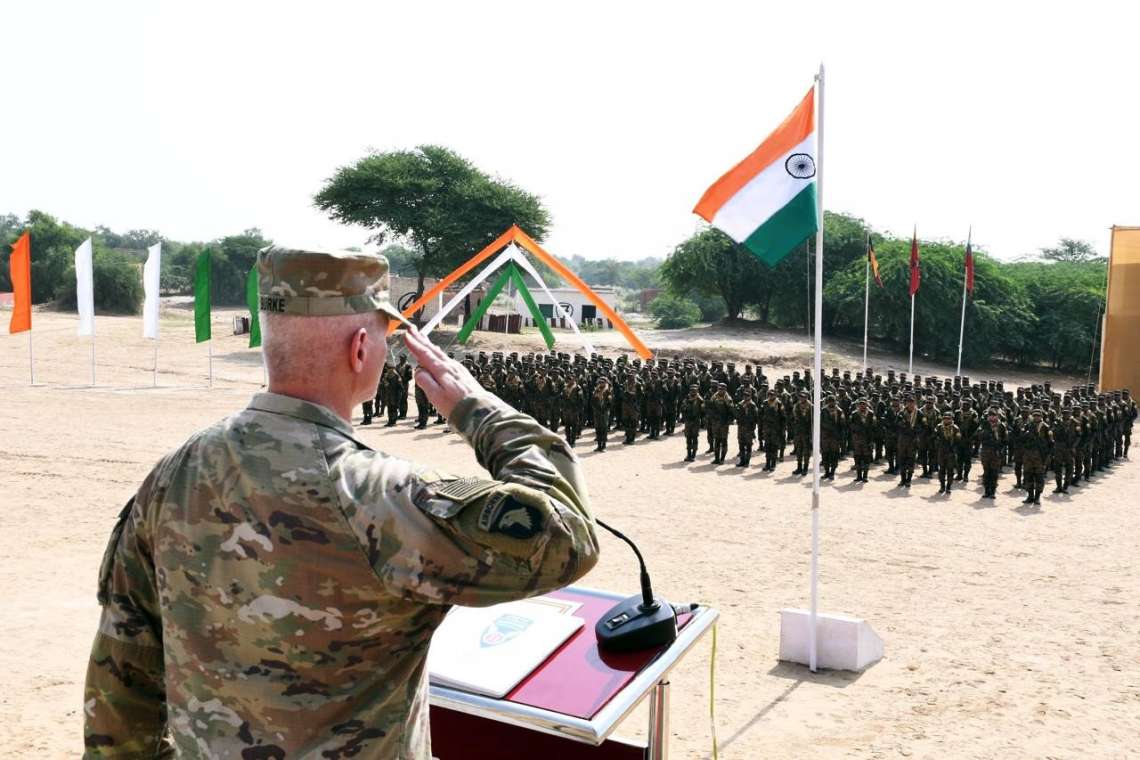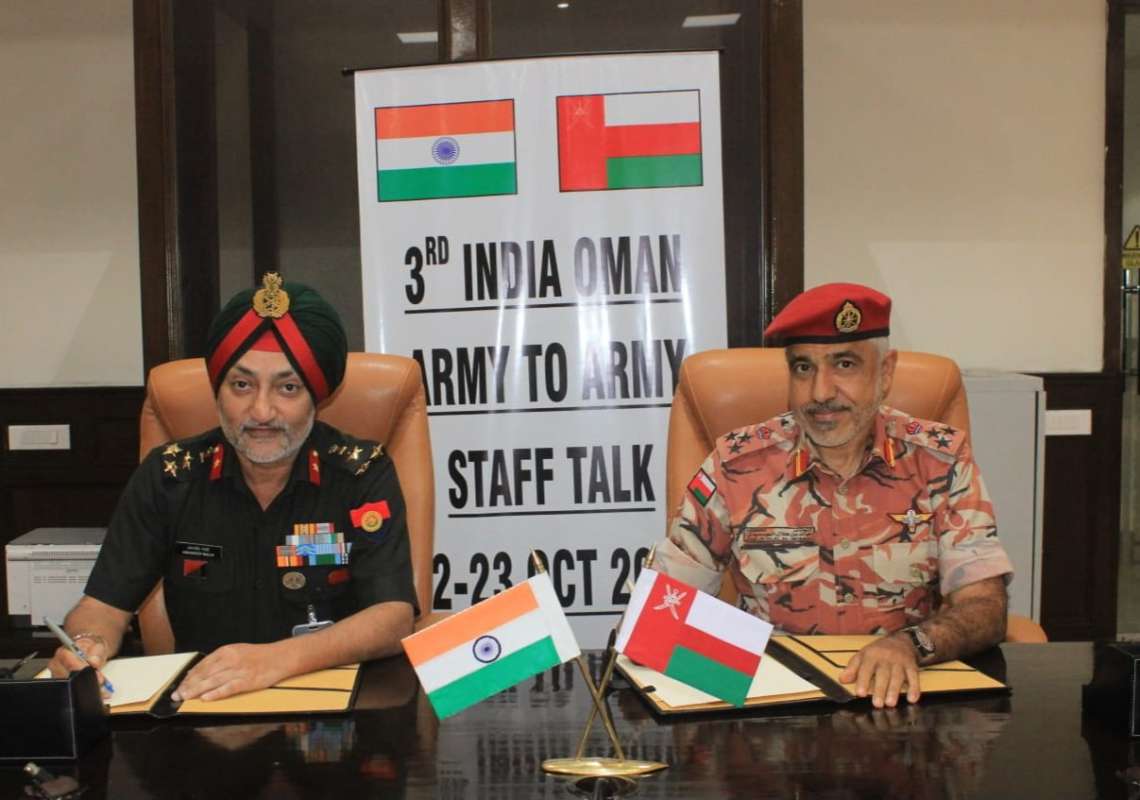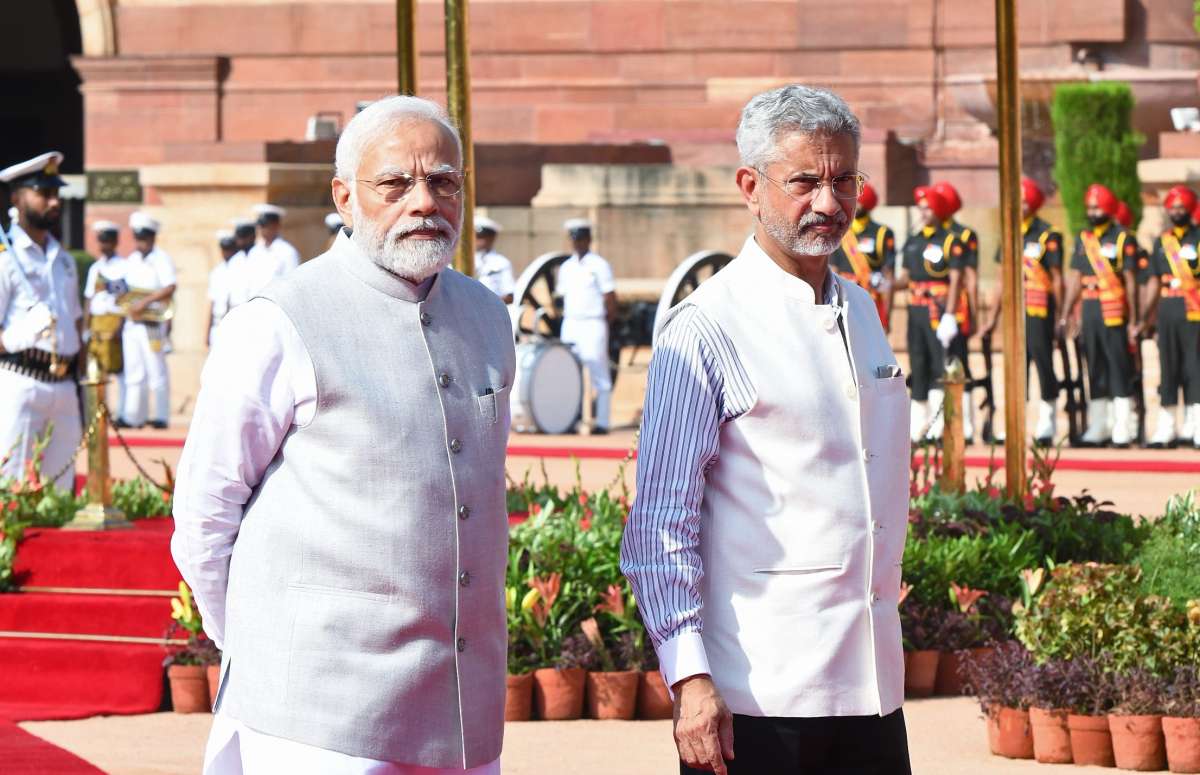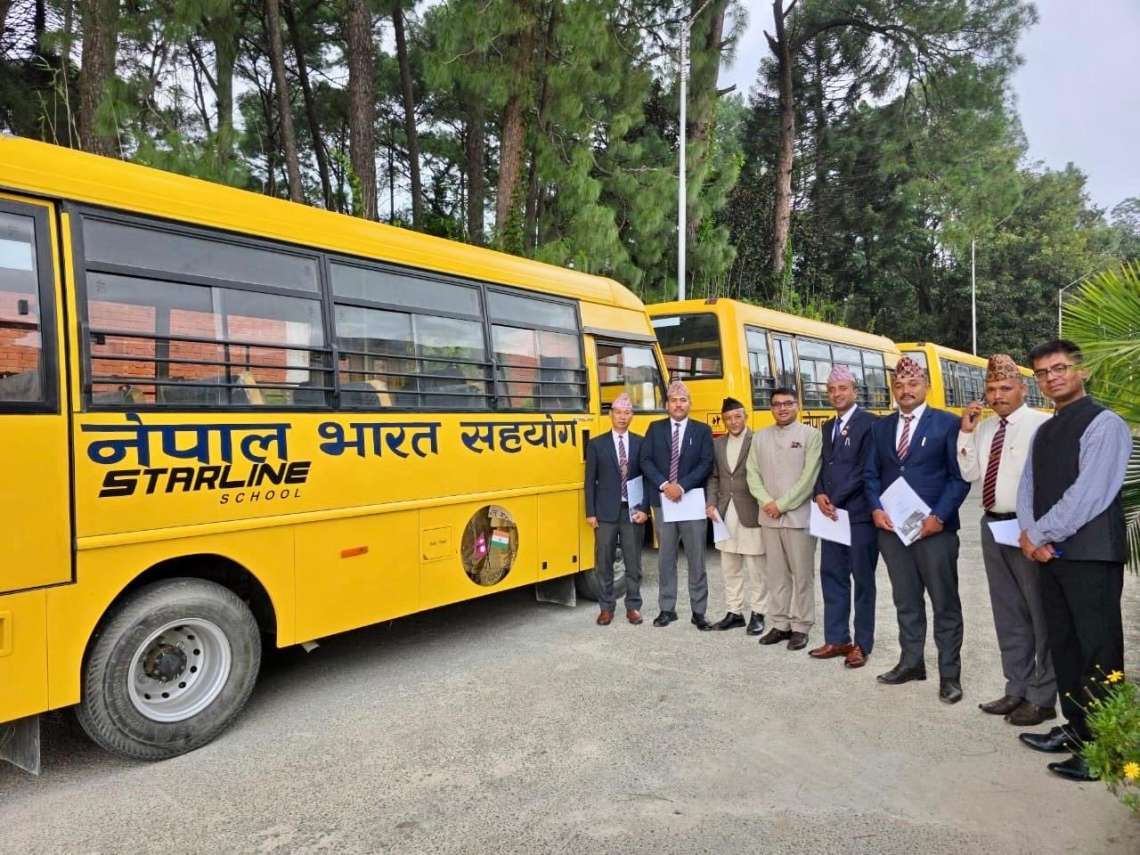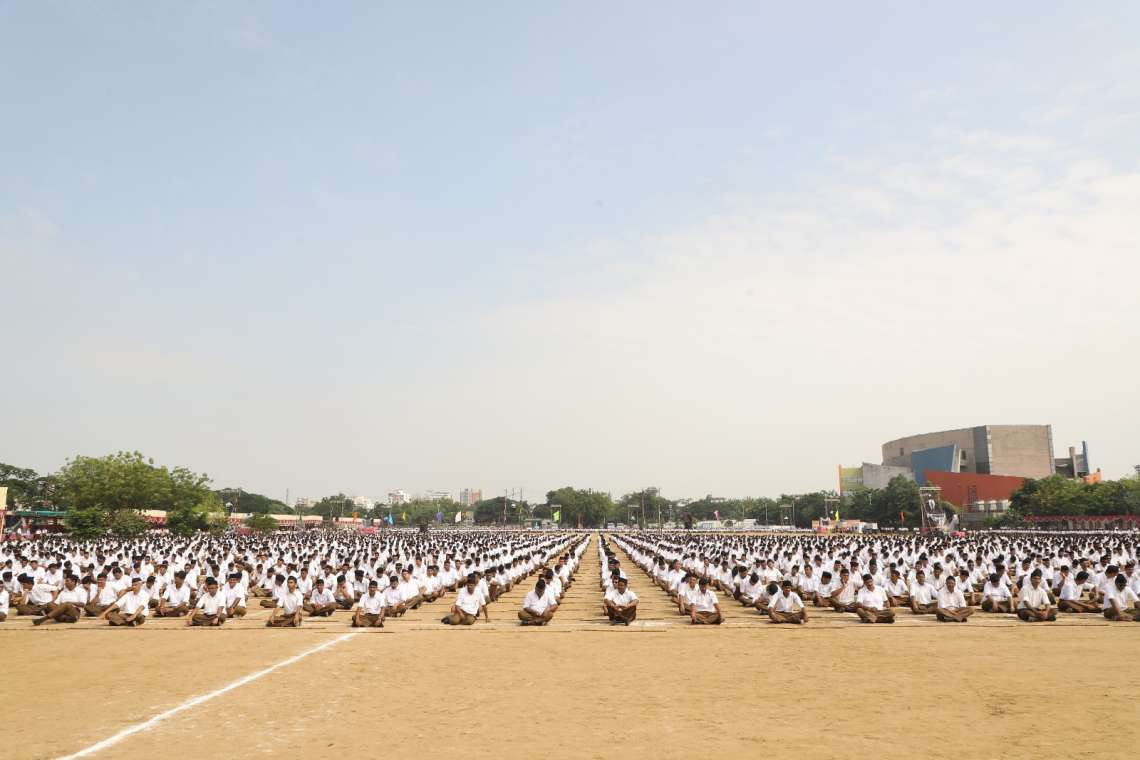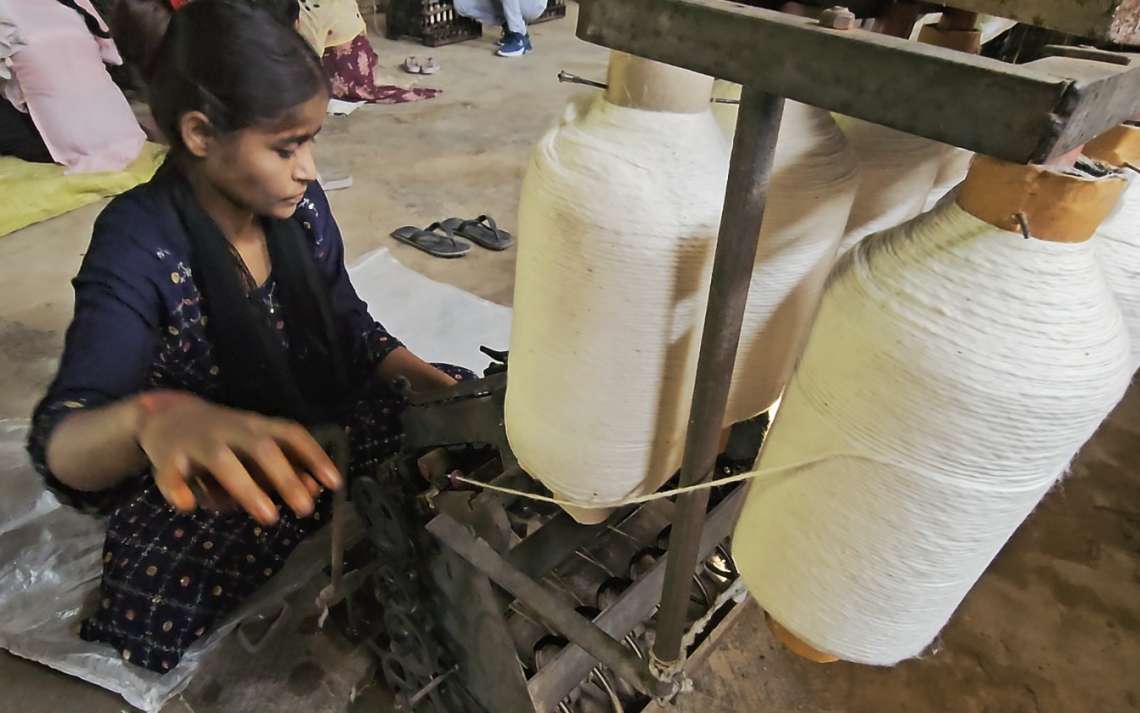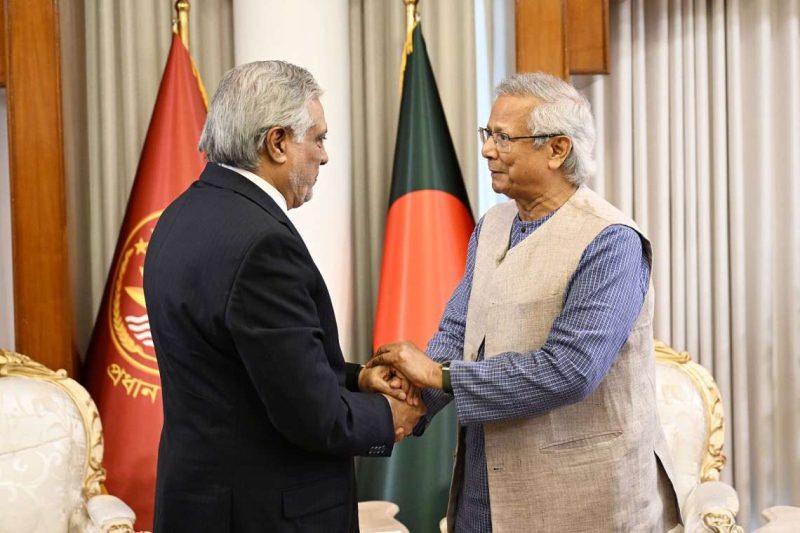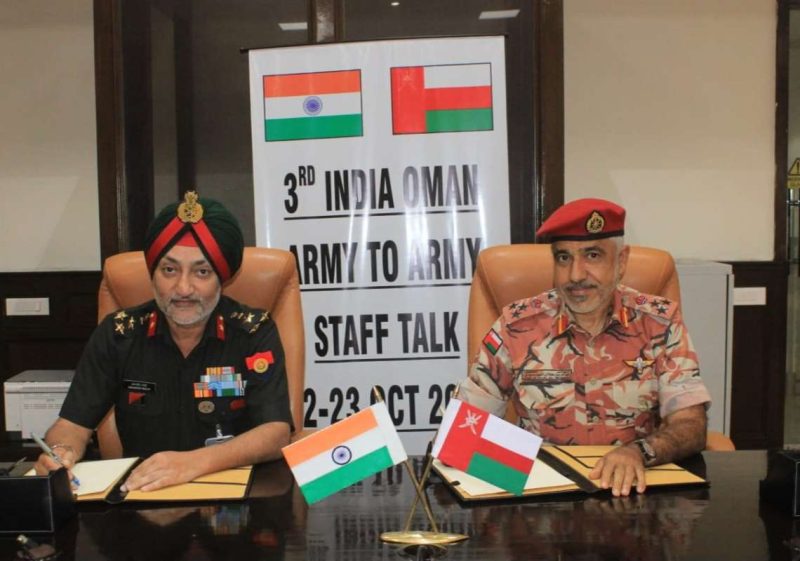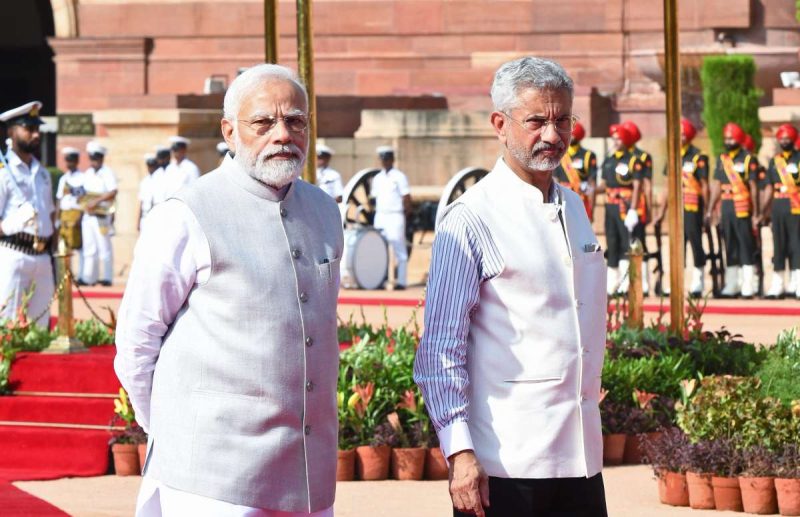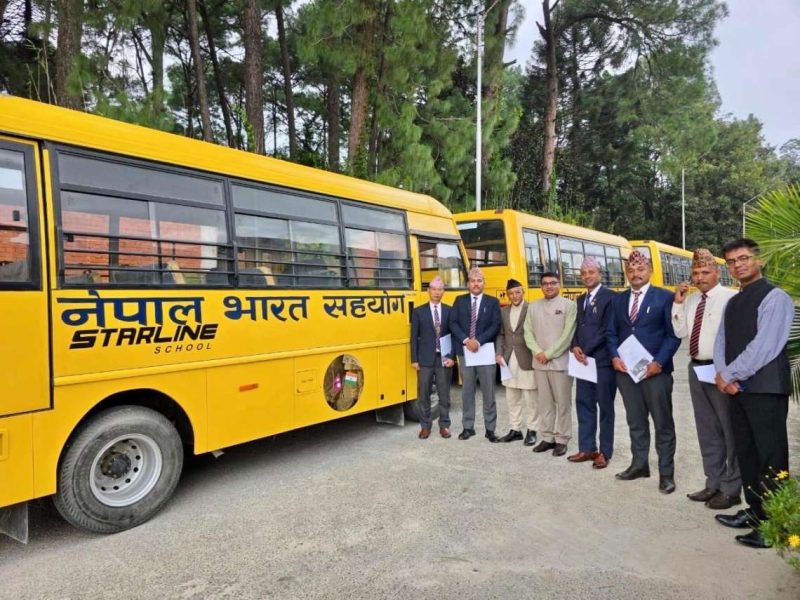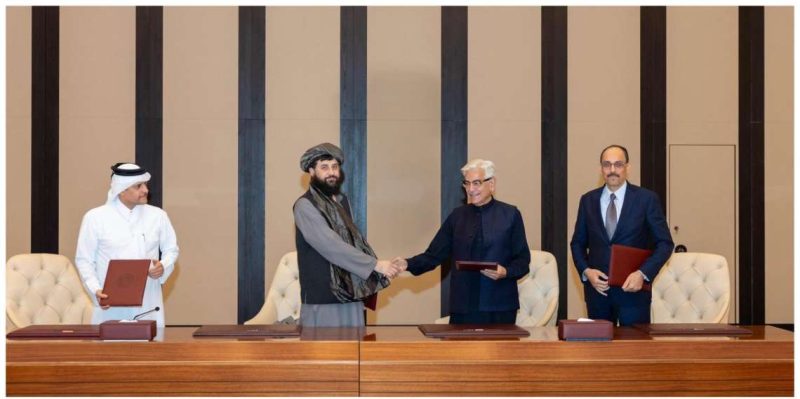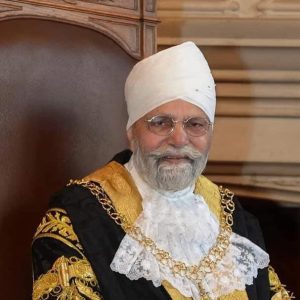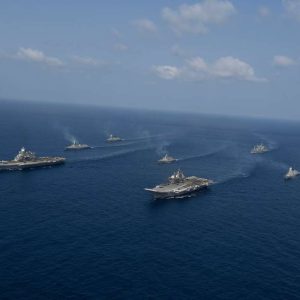Heritage Foundation expert urges US to deepen defence cooperation with India, share naval intelligence, support drone industry, and avoid domestic criticism to counter China’s rising influence in Indo-Pacific….reports Asian Lite News
A senior fellow at one of America’s most influential conservative think tanks has urged the United States to “deepen and broaden defence cooperation” with India to counter the growing challenge posed by China in Asia and beyond.
Robert Peters, Senior Research Fellow at the Heritage Foundation and a former adviser in the US Department of Defence, has argued in a new policy paper that Washington and New Delhi share a vital interest in preventing Beijing from achieving regional dominance.
In his detailed report, “The United States and India: A Call to Confront the Shared China Threat”, Peters outlined why closer ties between the two countries are essential in the current geopolitical environment. “The United States and India both have an interest in preventing Chinese hegemony in the Indian Ocean and countering the encirclement of India by Chinese bases and states friendly to China,” Peters wrote.
He contended that India has every incentive to boost its naval capacity and that the United States could play a key role by supplying advanced weapon systems, co-developing military technologies, and joining in diplomatic initiatives in the region.
Strengthening India’s maritime security
Peters emphasised that one of the most pressing areas of collaboration should be maritime intelligence sharing. “India is expanding and enhancing maritime domain awareness and space-based surveillance data with neighbours and regional partners. The United States should likewise increase its sharing of naval intelligence with India in the Indian Ocean,” he recommended.
By supporting India’s maritime capacity, Peters argued, Washington could help New Delhi develop a “strategy of denial” to deter Chinese influence and military expansion across the Indian Ocean littoral states.
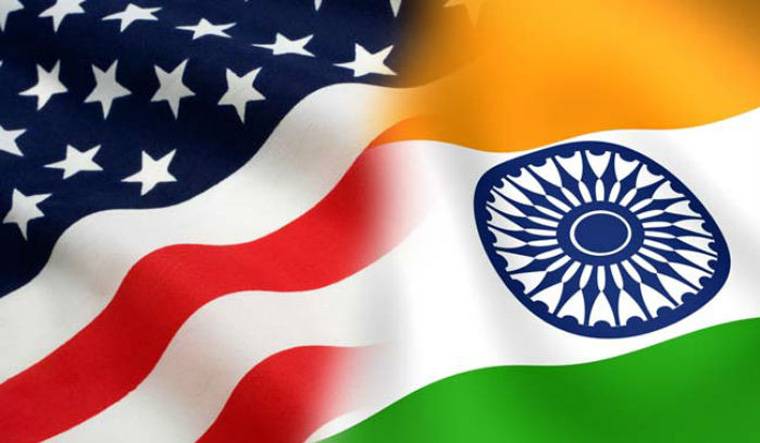
Building India’s defence base and drone industry
Another key recommendation in the report is for the US to support India’s rapidly growing defence industrial base. Peters suggested that the partnership should move beyond arms sales and focus on developing India’s domestic drone production.
“One critical way the United States can aid India in defending its territory on the subcontinent is to supply India with intelligence, surveillance, and reconnaissance (ISR) and strike assets—primarily drones,” he said. While American drones are technologically superior but costly, Peters argued that India could manufacture cheaper models at scale to be deployed along its northern borders to deter Chinese aggression.
He added that India’s emerging defence industry should be encouraged to export hardware, not just for its own use but also to third countries in the Indo-Pacific and Africa. Such exports, Peters said, would provide alternatives to Chinese arms sales and strengthen countries that both India and the US view as strategic partners.
Avoiding friction on domestic issues
While advocating greater collaboration, Peters also urged Washington to “avoid criticising the Indian government on domestic issues.” He warned that focusing on differences could damage what is arguably one of the most important strategic partnerships of the 21st century. “India is an extremely critical partner of the United States, and both parties will lose out if the relationship is not maintained,” he said.
Context of ongoing defence engagement
The report comes at a time when India and the United States continue to deepen military cooperation despite trade frictions and differences on issues such as Russia. Indian Ambassador to the US, Vinay Kwatra, recently hosted visiting officers of India’s Armed Forces Medical Services in Washington, describing military medicine as a “key pillar” of bilateral defence ties. In September, Kwatra also met with US Undersecretary of War for Policy, Elbridge Colby, at the Pentagon to discuss regional security.
In recent years, the defence relationship between the two democracies has expanded significantly. India has signed key foundational defence agreements with the US, including the Logistics Exchange Memorandum of Agreement (LEMOA), which allows mutual access to bases for logistics support, and the Communications Compatibility and Security Agreement (COMCASA), enabling encrypted communication systems and data-sharing. Joint exercises such as Yudh Abhyas and Malabar, and major arms purchases including Apache helicopters, Chinooks, and P-8I surveillance aircraft, have further strengthened ties.
Peters’s call for even deeper integration underscores the importance Washington places on India as a strategic balancer in the Indo-Pacific. With tensions between India and China remaining high after border clashes in Ladakh, and Beijing’s naval expansion challenging freedom of navigation across the Indo-Pacific, the strategic convergence between Washington and New Delhi appears set to grow further.
As Peters concluded, the stakes are high: “Both India and the United States will benefit from military sales, co-development of technology, and joint initiatives. But most of all, they will both benefit from ensuring that China does not dominate the Indo-Pacific.”


